Allan MacLeod Cormack (February 23, 1924 – May 7, 1998) was a South African American physicist who won the 1979 Nobel Prize in Physiology or Medicine (along with Godfrey Hounsfield) for his work on X-ray computed tomography.
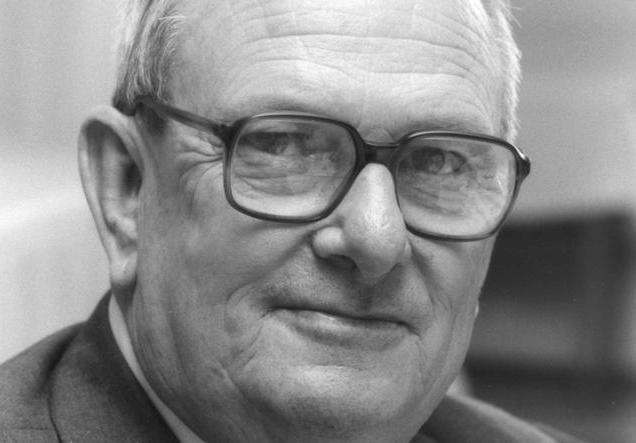
Sir Godfrey Newbold Hounsfield CBE FRS (28 August 1919 – 12 August 2004) was an English electrical engineer who shared the 1979 Nobel Prize for Physiology or Medicine with Allan McLeod Cormack for his part in developing the diagnostic technique of X-ray computed tomography.

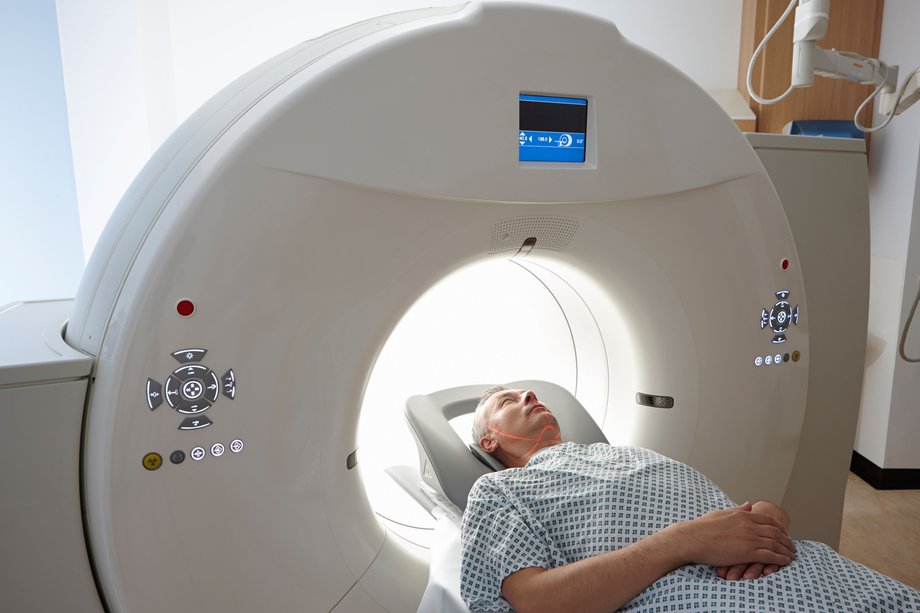
Cormack was born in Johannesburg, South Africa. He received his B.Sc. in physics in 1944 from the University of Cape Town and his M.Sc. in crystallography in 1945 from the same institution. He was a doctoral student at Cambridge University from 1947–49, and while at Cambridge he met his future wife, Barbara Seavey, an American physics student.
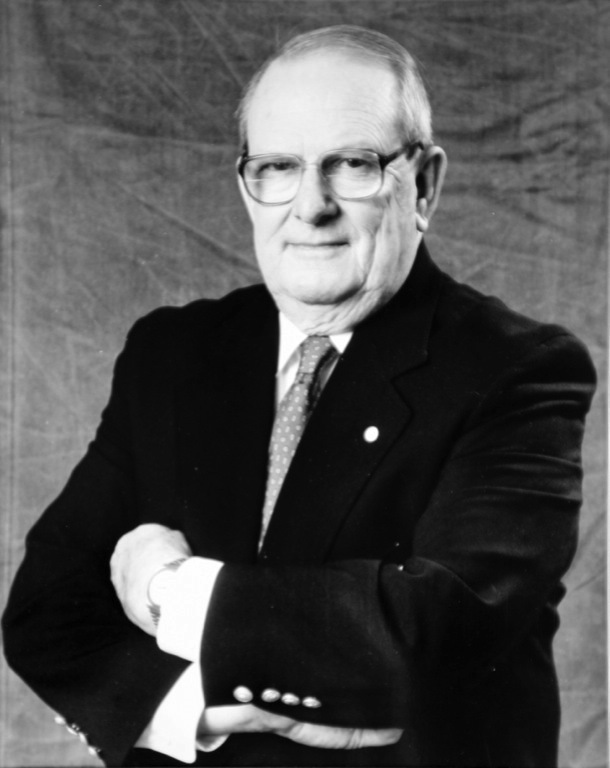
After marrying Seavey, he returned to the University of Cape Town in early 1950 to lecture. Following a sabbatical at Harvard in 1956-57, the couple agreed to move to the United States, and Cormack became a professor at Tufts University in the fall of 1957.
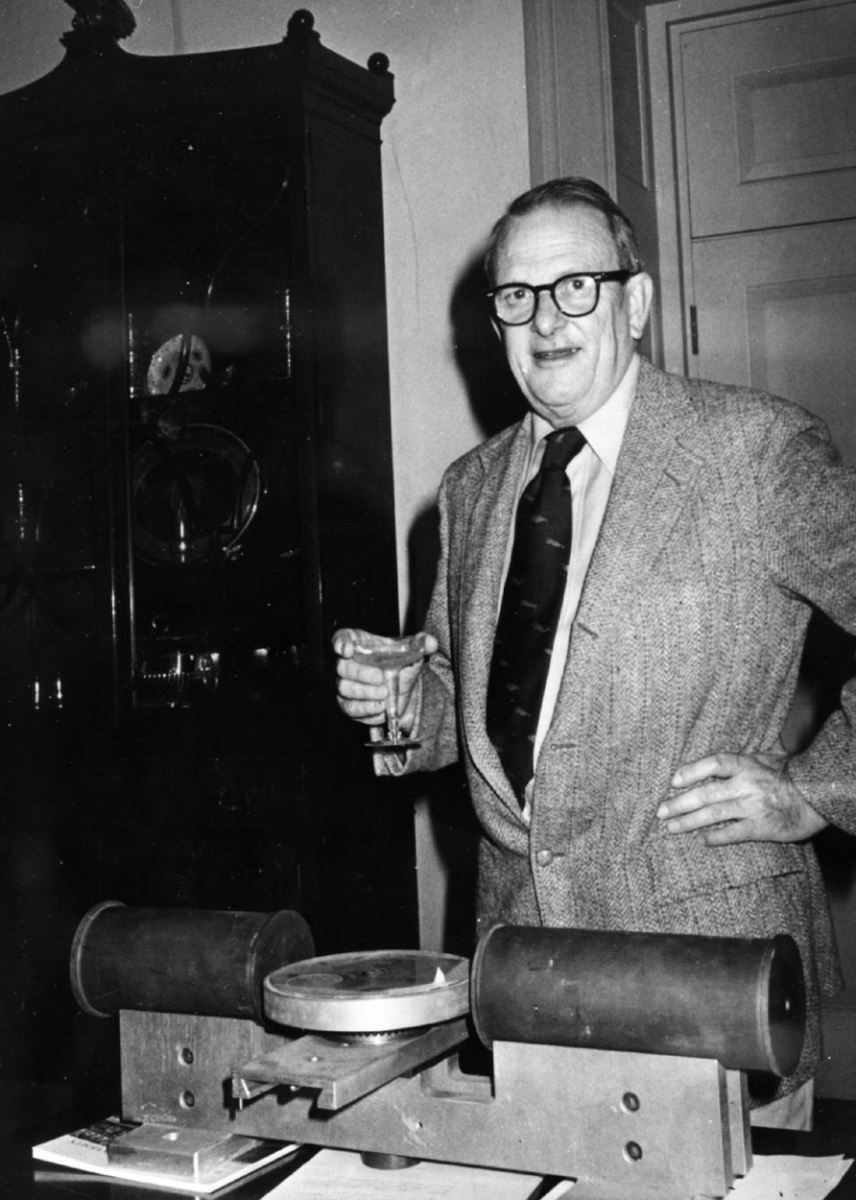
Cormack became a naturalized citizen of the United States in 1966. Although he was mainly working on particle physics, Cormack's side interest in x-ray technology led him to develop the theoretical underpinnings of CT scanning. This work was initiated at the University of Cape Town and Groote Schuur Hospital in early 1956 and continued briefly in mid-1957 after returning from his sabbatical.
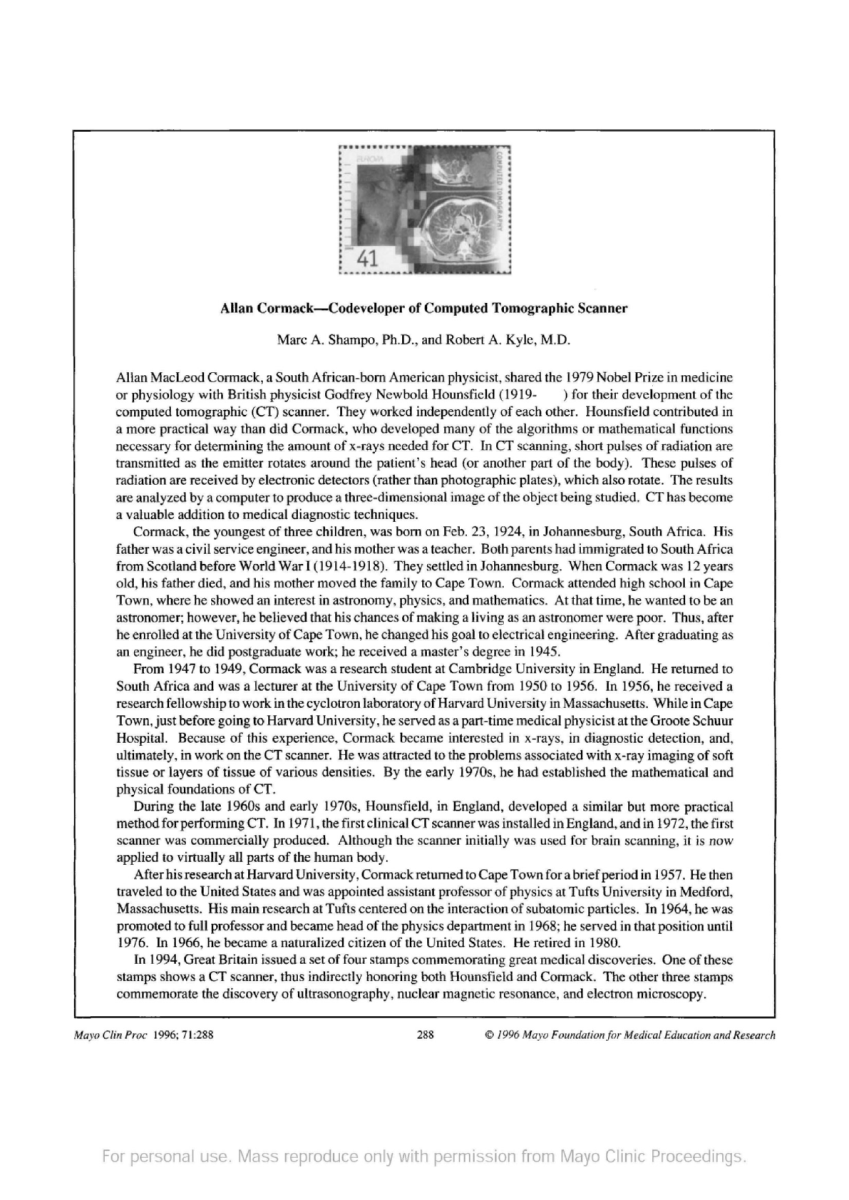
His results were subsequently published in two papers in the Journal of Applied Physics in 1963 and 1964. These papers generated little interest until Hounsfield and colleagues built the first CT scanner in 1971, taking Cormack's theoretical calculations into a real application. For their independent efforts, Cormack and Hounsfield shared the 1979 Nobel Prize in Physiology or Medicine.
.jpg)
A CT scan, or computed tomography scan (formerly computerized axial tomography scan, or CAT scan) is a medical imaging procedure that uses computer-processed combinations of many X-ray measurements taken from different angles to produce cross-sectional (tomographic) images (virtual "slices") of specific areas of a scanned object, allowing the user to see inside the object without cutting.
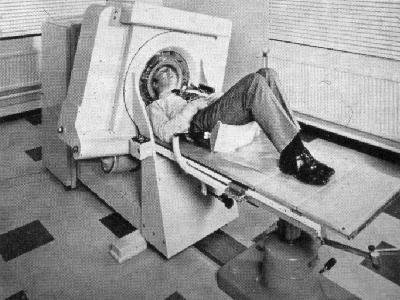
CT produces data that can be manipulated in order to demonstrate various bodily structures based on their ability to absorb the X-ray beam. Use of CT has increased dramatically over the last two decades in many countries. An estimated 72 million scans were performed in the United States in 2007 and more than 80 million a year in 2015.
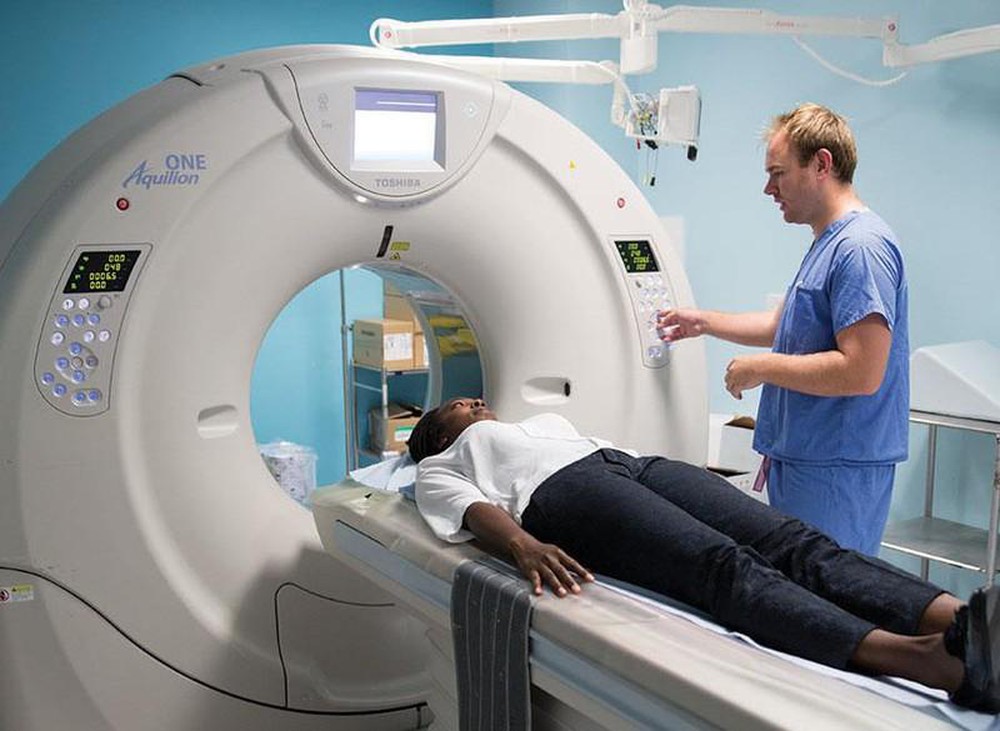
According to en.wikipedia











